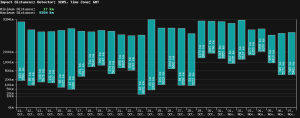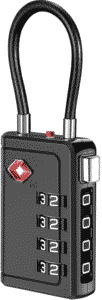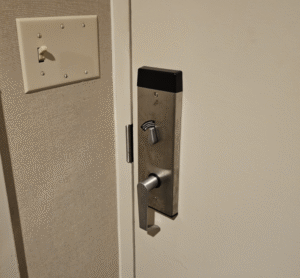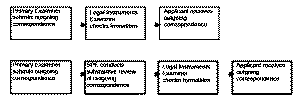27 hours from now, the USPTO will present a one-hour webinar discussing rejections under Section 101. For more information, or to register for the webinar, click here.
Yes, we get 27 hours of advance notice for this event.
I do plan to attend.
I imagine that the presenters will be very, very dry, carefully avoiding doing or saying anything that could possibly extend beyond reading aloud, nearly word for word, from their presentation slides.
And I imagine the presentation slides will have been carefully crafted to do absolutely nothing beyond literal quotations from the source documents.
The chief source documents, as you know, are:
I have cited these two documents in quite a few responses to Office Actions in recent weeks, and in response, the Examiners have gone out of their way to ignore these two citations and to maintain their 101 rejections.
I predict that not one word will be uttered that extends beyond what one could already have learned simply by reading the source documents. Nonetheless the fact that the event is taking place will surely count as a sort of signal to the patent community that USPTO leadership wants to influence the course of examination under Section 101.
One hopes that a similar webinar is being presented to the Examining Corps.





